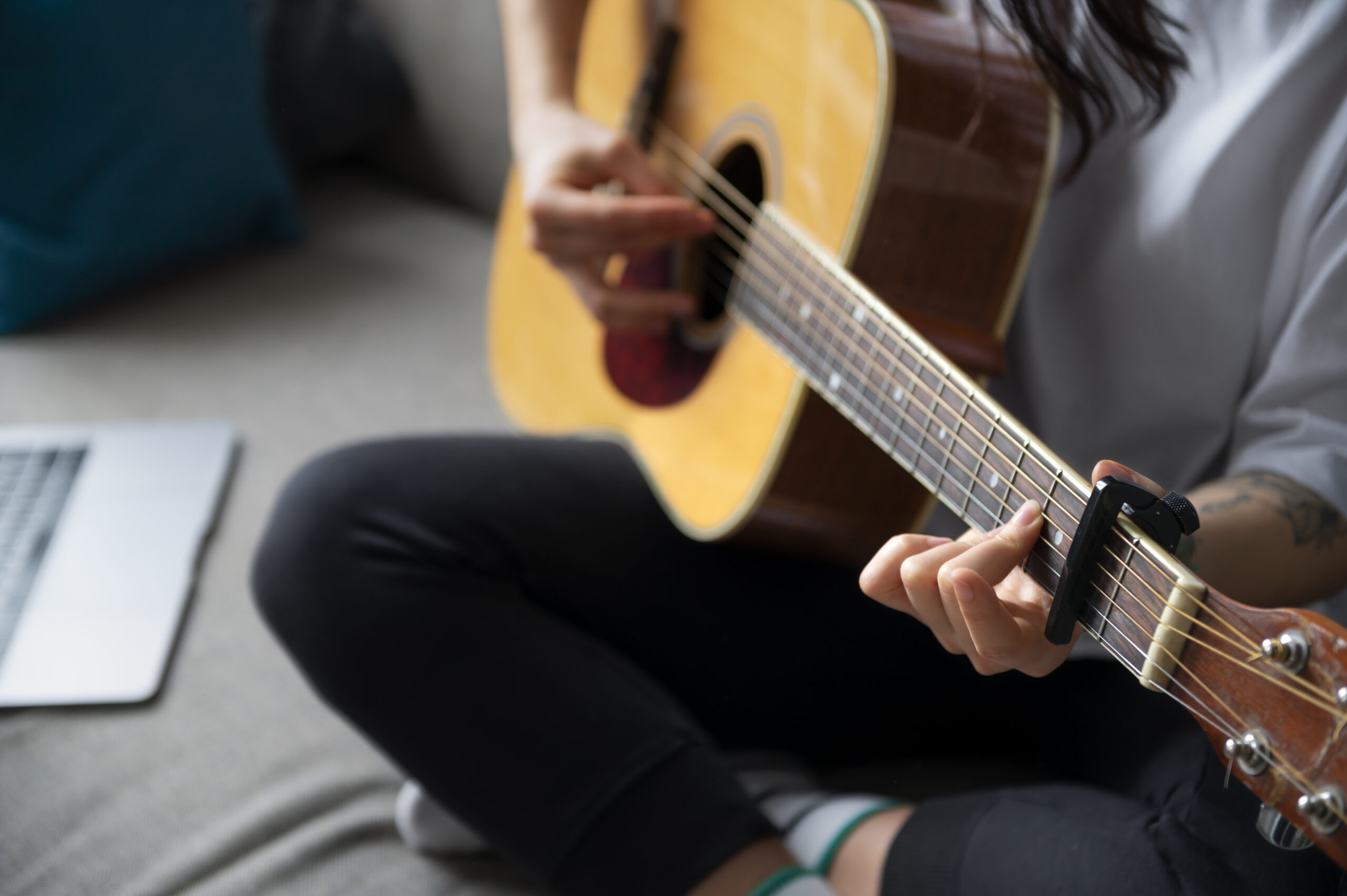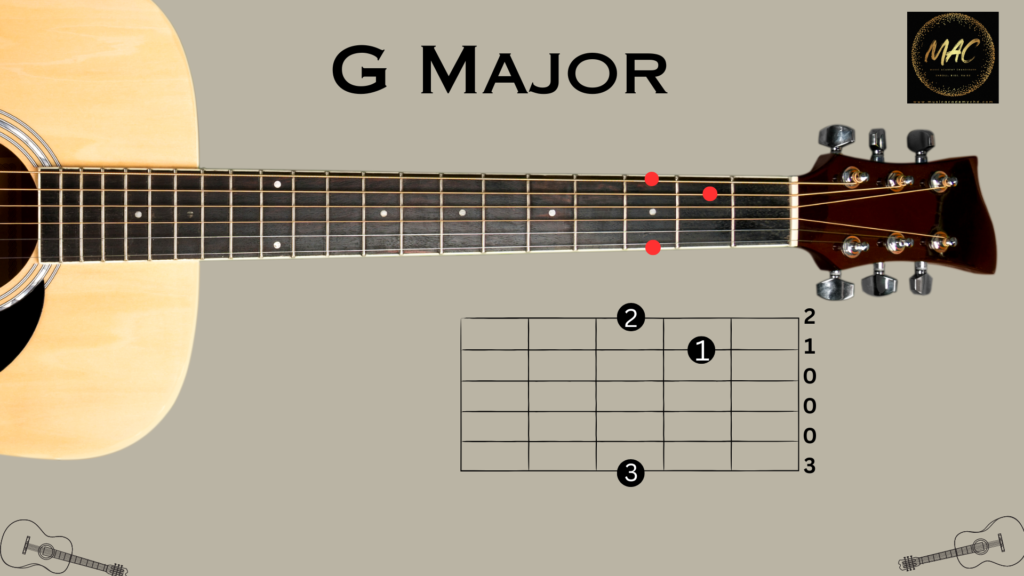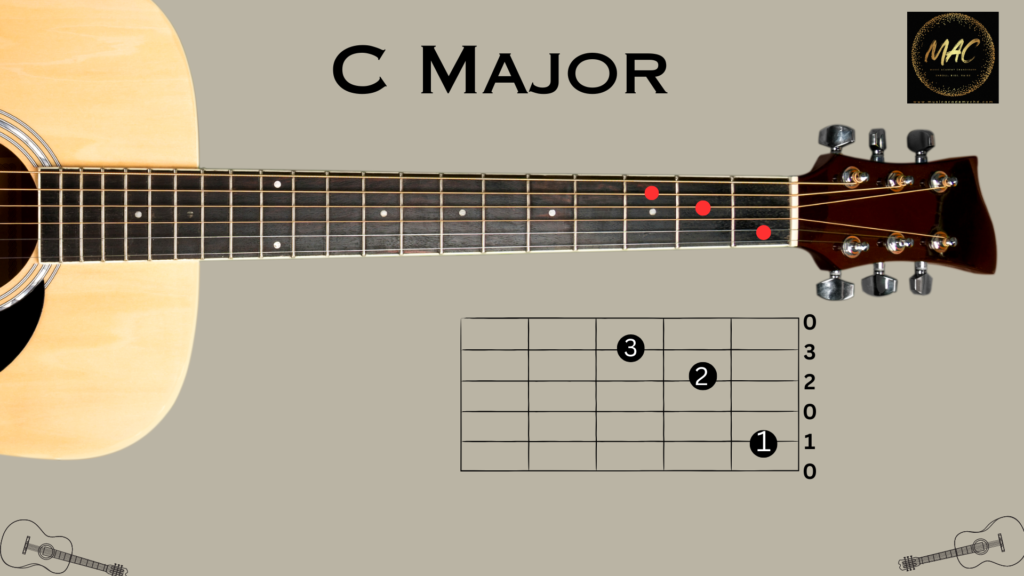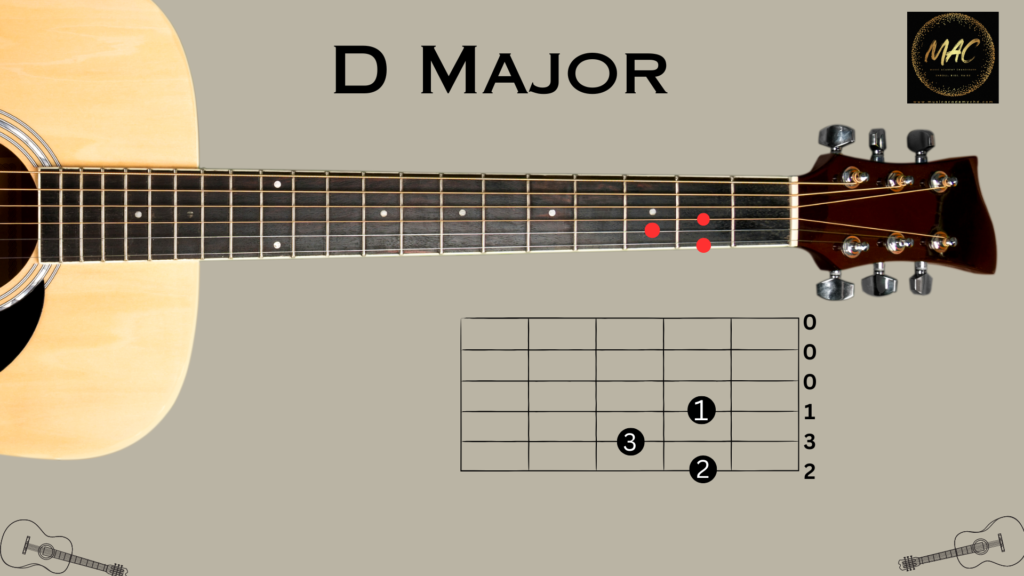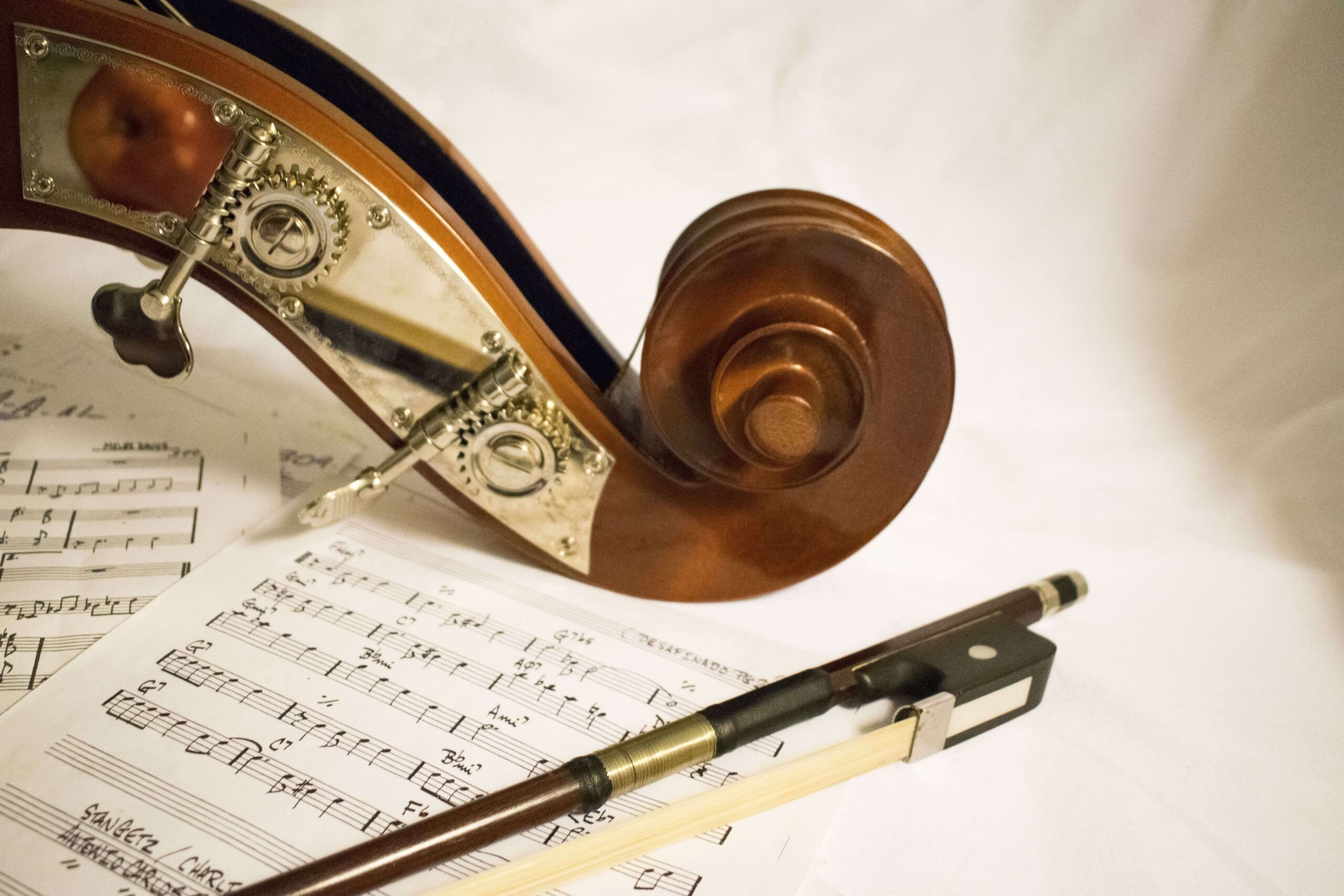It is fun and fulfilling to learn how to play the guitar. Nonetheless, there are challenges that most learners encounter which can affect their progress in their learning process. However, no matter if you are learning guitar from a tutor in Chandigarh or are a self-taught learner, it is crucial to know about the mistakes that can interfere with your learning. Here, we will outline five mistakes that one should avoid to make learning the guitar a more efficient and fun process.
1. Skipping Basics and Fundamentals
The Importance of Basics
When beginning guitar lessons in Chandigarh, there is a tendency to start playing the desired songs immediately. But, if the fundamentals are not addressed, then one is likely to get frustrated later. It is important to start with basics like chords, scales, and the way to strum the strings.
Consequences of Skipping Basics
Poor Technique: If you do not have a good foundation of the basic techniques, you are likely to develop poor habits that are difficult to eradicate in the future.
Limited Progress: One cannot achieve complex songs and methods without having a good foundation of the basic methods.
Increased Frustration: Sometimes, it is frustrating to attempt simple songs because the foundational techniques are not strong enough.
Ways to Avoid This Error
Take It Slow: Concentration should be made on learning and memorizing basic chords and scales.
Follow a Structured Plan: Teach according to a structured lesson plan that you have used in your guitar classes in Chandigarh.
Practice Regularly: Repetition is the key to success and regular practice aids in the retention of the fundamentals and also the body memory.
2. Improper Posture and Hand Position
Why Posture Matters
Proper body positioning and positioning of the hands are very crucial when playing the guitar. Failure to consider these aspects results in some discomfort and, in some cases, injuries that make it hard to play for long durations.
Common Posture Mistakes
Slouching: Bending over the guitar also affects the back and neck muscles.
Incorrect Hand Position: Incorrect positioning of the hands on the fretboard can greatly limit your ability to play chords and notes clearly.
How to Maintain Proper Posture
Sit Up Straight: While sitting and playing, ensure that one keeps their back straight.
Correct Hand Position: Make sure your thumb is resting behind the neck of the guitar, and your fingers are properly curved over the strings.
Use a Footstool: If necessary, one should employ a footstool to ensure that the player maintains a comfortable posture while playing.
It is recommended to attend Music classes in Chandigarh so that you do not develop improper postures and hand positions that are unhealthy for your fingers.
3. Neglecting the Need for a Practice Schedule
The Role of Consistent Practice
In guitar playing, there is a need to be very consistent in practice. One of the biggest mistakes that many beginners make is that they practice irregularly and that is why they do not make progress. Consistency is another factor that plays an important role in the process of constant progress in practice.
Advantages of Practicing at a Fixed Schedule
Skill Development: Practice makes you more proficient in what you are doing since it allows you to rehearse the activity.
Muscle Memory: Daily practice is useful in developing muscle memory and thus helps in playing chords and scales.
Motivation: This is because it allows you to see that you are making progress, and this motivates you to learn more.
Strategies for Developing a Practice Schedule
Set Aside Time Daily: Practicing should be done at a particular time of the day.
Break Down Sessions: Break the practice sessions into small sections and dedicate one section to chords, the next to scales, and the last to songs.
Track Your Progress: This will help you keep track of your progress and write it in a practice journal.
Guitar classes in Chandigarh are generally very disciplined and they have a fixed regimen that can help you follow easily.
4. Avoiding Theory and Ear Training
The role of music theory
Most new players believe they do not need to learn theory and can become good guitar players without it. However, knowledge of the theory can greatly help in the improvement of the playing and the understanding of the material.
Advantages of Learning Music Theory
Better Understanding: Theory enables you to comprehend how music functions and, hence, learn new songs and compose your music.
Improvisation Skills: Scales and chords make it easier to improvise when you have a clue about them.
Communication: Theoretical knowledge enables one to express oneself in the best way possible when interacting with other musicians.
Incorporating Ear Training
The other component is as important as ear training since it enables one to recognize chords, intervals, and melodies by ear. This skill is very useful when playing by ear and when learning songs faster.
Ways of Incorporating Theory and Ear Training
Learn Basic Theory: The basics, such as scales, chords, and key signatures, are the initial steps in learning the guitar.
Practice Ear Training: To increase your recognition of musical elements by ear, use ear training apps and exercises.
Apply Theory Practically: You should try to apply the things that you learn in theory during your practice sessions so that you can see how they work.
Most guitar classes in Chandigarh provide their students with all the theoretical knowledge as well as practical ear training.
5. Not Seeking Feedback and Playing Alone
The Role of Feedback
Receiving feedback on the playing is very important since it helps in identifying areas that require more practice. Some new learners avoid asking for feedback and practice on their own instead of with others. However, this results in the continuation of the vices and errors made by the people involved in the project.
Benefits of Feedback
Identify Mistakes: It is important to know that feedback aids you in locating errors at an early stage.
Encouragement: Constructive feedback is motivation and encouragement to the other person.
Perspective: Other people may have different opinions and ideas on issues you come across in your daily life.
Ways to Get Feedback
Take Guitar Classes in Chandigarh: Taking classes makes you get feedback from instructors who have been in the field for some time.
Join a Music Community: Join local music groups or online forums where you can post updates and receive constructive criticism.
Record Yourself: It is recommended that you record your practice sessions and then listen to what you have recorded so that you can see the areas that you need to work on.
Playing with Others
Performing with other musicians can greatly improve your skills as a musician. It introduces you to various forms of playing and styles and assists in the improvement of timing and rhythm.
Join a Band or Group: It is always more fun to play with others, and it can also enhance your skills if you play often.
Participate in Jams: Attend local jams to play with other musicians and to learn new licks and ideas.
The process of learning to play the guitar is a process that is characterized by several obstacles and accomplishments. If you do not fall into these mistakes and remain consistent with your practice, you can make significant progress while having fun.
If you are learning the guitar in Chandigarh or are self-taught, ensure that you pay attention to the fundamentals, keep your posture right, ensure that you practice regularly, embrace music theory and ear training and get feedback. This step by step method will assist you in becoming a professional and confident guitarist.




